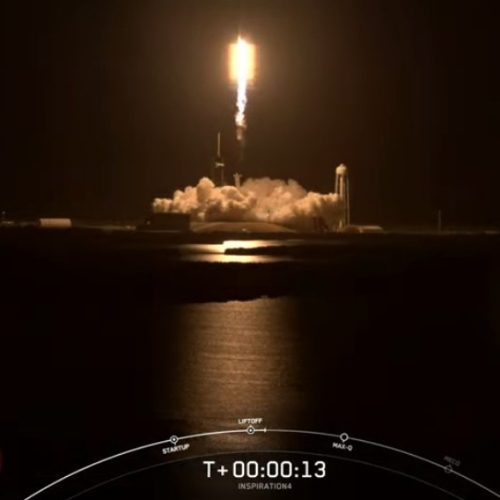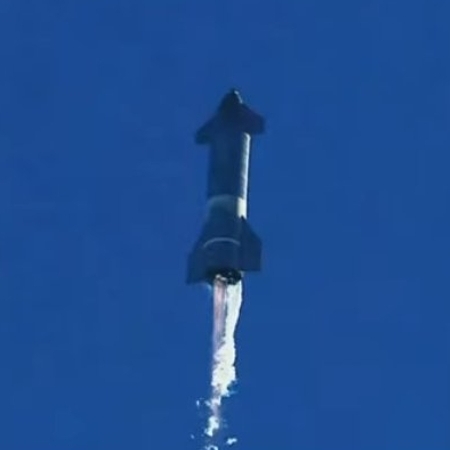FAA announces details for SpaceX Boca Chica environmental public hearings
Capitalism in space: The FAA today announced the details for attending its public hearings about the new environmental assessment it wishes to issue for SpaceX’s Starship/Superheavy operations in Boca Chica, Texas.
The hearings will be on Monday, October 18, 2021, 5:00 p.m. (Central Time) and Wednesday, October 20, 2021, 5:00 p.m. (Central Time). Both will be virtual. If you want to participate you need to register first and follow these instructions:
VIRTUAL PUBLIC HEARING REGISTRATION: Please register to attend a virtual public hearing and indicate if you would like to provide an oral comment:
http://spacexbocachicapublichearings.eventbrite.com/?s=144095269
VIRTUAL PUBLIC HEARING INSTRUCTIONS: Connect using the Zoom link below. https://us02web.zoom.us/j/88394232774 Password: FAA2021 Please only use the telephone number provided below if you are not going to connect using the Zoom Link. 1-833-548-0276 Meeting ID: 883 9423 2774 Meeting Password: 4300505
ONLINE MEETING TIPS: Prior to the meeting, please access the Zoom link above and download any needed software. This may take a few minutes, so it is best to download software in advance of the meeting. When logging-on to the meeting, please indicate your organization name in parentheses after your last name, if you represent one. If you registered to speak, this is how you will be identified during the meeting. Please also provide your email address. All lines will be muted during the meeting. To hear audio when connecting through the Zoom link, please make sure the volume on your computer speakers is on and that you do not have any programs with audio features (e.g., Skype, Spotify, YouTube) open that may interfere with the online meeting audio.
Capitalism in space: The FAA today announced the details for attending its public hearings about the new environmental assessment it wishes to issue for SpaceX’s Starship/Superheavy operations in Boca Chica, Texas.
The hearings will be on Monday, October 18, 2021, 5:00 p.m. (Central Time) and Wednesday, October 20, 2021, 5:00 p.m. (Central Time). Both will be virtual. If you want to participate you need to register first and follow these instructions:
VIRTUAL PUBLIC HEARING REGISTRATION: Please register to attend a virtual public hearing and indicate if you would like to provide an oral comment:
http://spacexbocachicapublichearings.eventbrite.com/?s=144095269
VIRTUAL PUBLIC HEARING INSTRUCTIONS: Connect using the Zoom link below. https://us02web.zoom.us/j/88394232774 Password: FAA2021 Please only use the telephone number provided below if you are not going to connect using the Zoom Link. 1-833-548-0276 Meeting ID: 883 9423 2774 Meeting Password: 4300505
ONLINE MEETING TIPS: Prior to the meeting, please access the Zoom link above and download any needed software. This may take a few minutes, so it is best to download software in advance of the meeting. When logging-on to the meeting, please indicate your organization name in parentheses after your last name, if you represent one. If you registered to speak, this is how you will be identified during the meeting. Please also provide your email address. All lines will be muted during the meeting. To hear audio when connecting through the Zoom link, please make sure the volume on your computer speakers is on and that you do not have any programs with audio features (e.g., Skype, Spotify, YouTube) open that may interfere with the online meeting audio.




